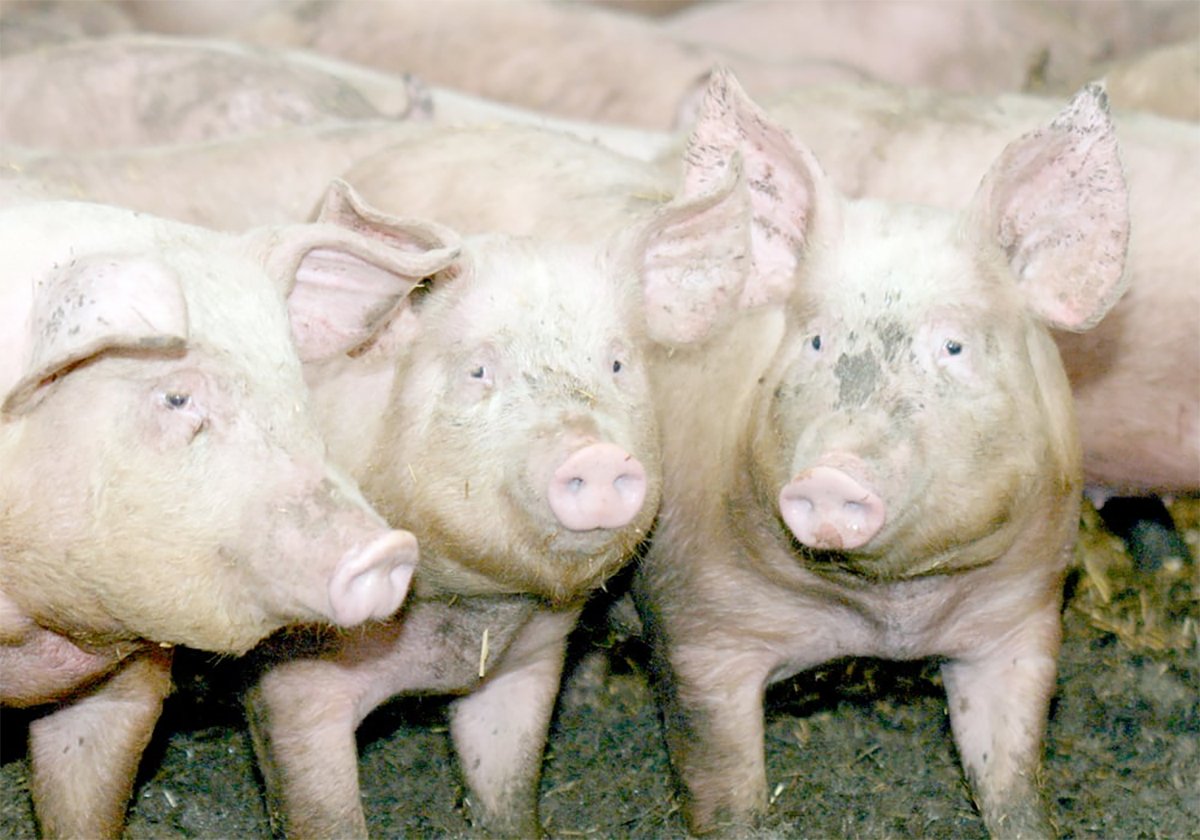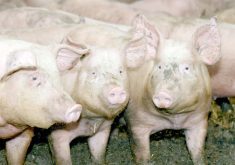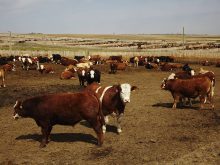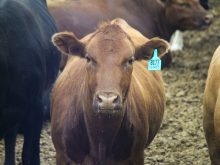KAMLOOPS, B.C. – A pilot project to compensate cattle producers may expand to include other livestock killed by predators on British Columbia ranges.
The B.C. predator loss control and compensation program started in 2002 and groups like the B.C. Cattlemen’s Association are developing a new business plan and budget to continue the program to cover sheep attacked by bears, wolves, cougars and coyotes.
Producers want the program to continue because of increased evidence of wildlife in the Okanagan Valley and southern portion of the province.
Read Also

The Western Producer Livestock Report – November 13, 2025
Western Producer Livestock Report for November 13, 2025. See U.S. & Canadian hog prices, Canadian bison & lamb market data and sales insights.
“What we’re finding in the last few years is an increase in wolves that were not there before,” said program manager Kyle Lay.
Typically, wolves were spotted in the Interior and northern regions but that is changing and more cases are being reported.
“The increase in predator damage is quite evident in the East Kootenays,” said Kootenay rancher Don Lancaster at the cattle association’s annual meeting in Kamloops May 21-22.
Resolutions asked for continued funding and a control officer to work in the southern region. By the time a problem animal is reported to officers based in the north, effective control is difficult.
Lay said there are no firm numbers on the wolf population but his program is receiving more reports of footprints, sightings and livestock attacks.
Producers are eligible to receive payment of up to 75 percent of market value as established by Statistics Canada.
However, the dead animal needs to be examined for signs of an attack, said Lay.
Self verifying allows producers to send pictures of kills so they can be compensated and get an official into the region to remove the offending animal.
The program provides colour pictures and information on identifying a predator kill. For example, a cougar employs a quick kill to the throat, bears attack the lower neck and down the spine and wolves ravage the back quarters.
Producers also compete with deer and elk and passed a resolution to control the problem of forage and hay crop raids.
One resolution called for an open season on does but some said reducing the population to manageable numbers would be difficult since many hunters prefer a trophy buck.















